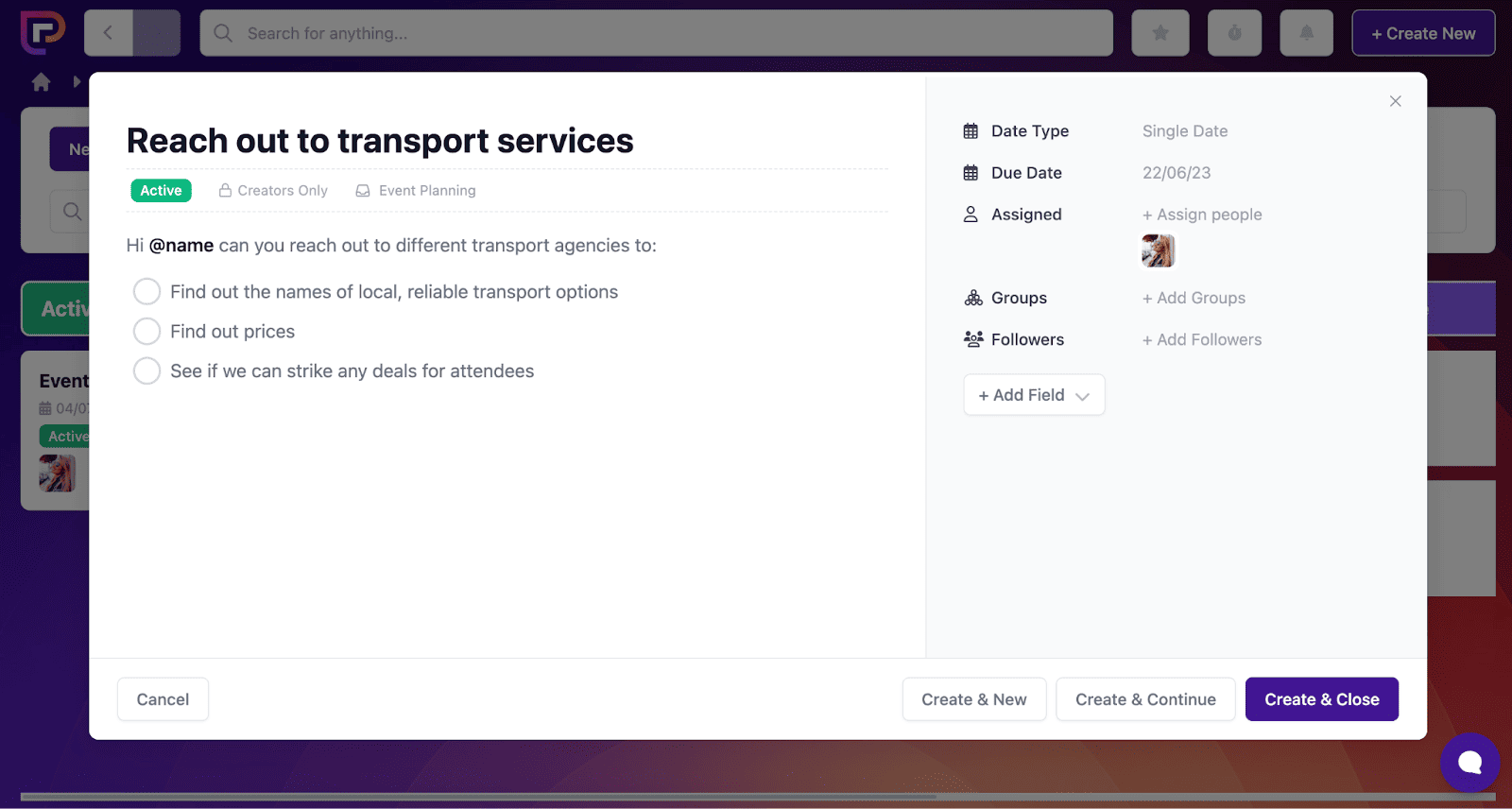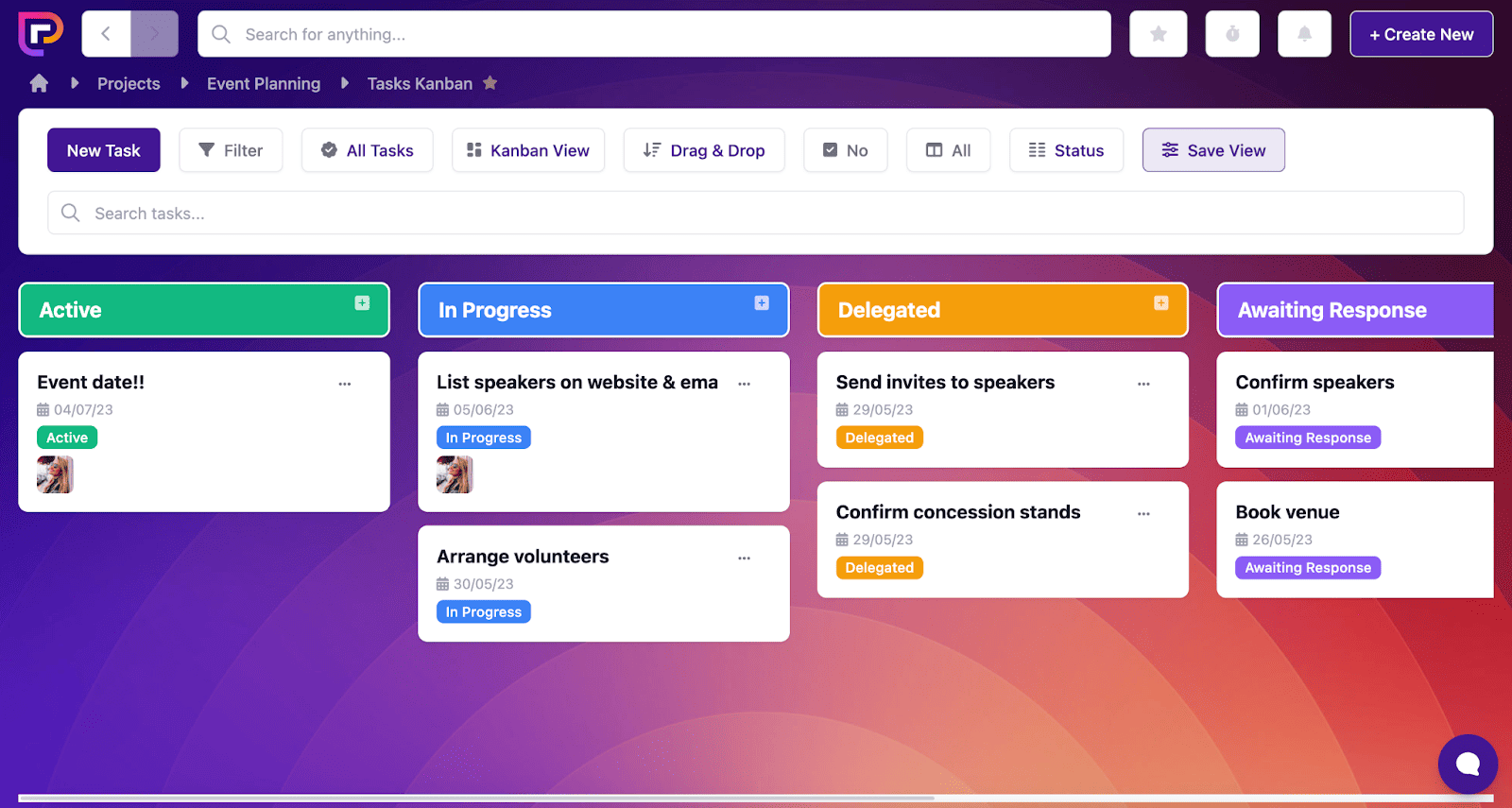Last updated on 12th June 2024
Picture this: you’re in a meeting, ideas are flying, decisions are being made, and crucial information is being shared. Amidst the whirlwind of productivity, one question looms large – how do you ensure that none of these valuable insights slip through the cracks?
The answer, of course, is taking great meeting notes!
In this article we’re going to take a look at 12 tips and tools for taking the best meeting notes you can.
Whether your meetings are virtual or face-to-face, we have tips and tools that will help you take the best notes and ensure your meetings are as productive as possible.
How to take notes in a meeting
Before we dive into the tips and tools, it’s important to understand how to take the best meeting notes.
To take the best meeting minutes you need to ensure you cover at least these 5 points:
Make a list of everyone in attendance in case you need to pass on any information after the meeting.
2. Summary
List the key points as they are discussed and be sure to write up a quick summary of each one.
3. Action points
In addition to summarising the key points, list the action points that will be required. This is anything that either you or other team members need to do after the meeting.
4. Ideas
When you’re taking notes be sure to save a space for any ideas that pop up during the meeting. These can be suggestions from others or something you thought of.
5. Follow ups
Jot down any questions or issues that were brought up during the meeting and need to be followed up and resolved afterwards.
4 Tools for taking effective meeting notes
We’re in 2024. You don’t need to rely on pen and paper anymore. Here’s a list of 4 really useful tools that can help you take all your meeting notes.
1. Project.co
A robust project management tool is important for many different aspects of running a business, including taking control of your meetings.
At Project.co, we have some free meeting note templates that make it really easy to get started and ensure your meetings are as productive as possible.
We have a 1-on-1 meeting template, for managing staff appraisals.
We have a team meeting template, to help you plan large meetings.
And, the most relevant for this article, our meeting notes template.
This handy template is designed to help you plan and document meetings and action points. It comes pre-populated with tasks and a meeting agenda that can easily be customised.
What’s more, this project is automatically set to private. So only the people invited to your meeting will have access to it.
As you discuss things on your agenda, you can tick them off with one click.
You can add any important files that you want to discuss at the meeting via the files tab.
And you can use the tasks feature to add any action points or follow ups that result from the meeting.
2. Evernote
Evernote is a note-taking app that helps you take notes quickly and easily, from wherever you are.
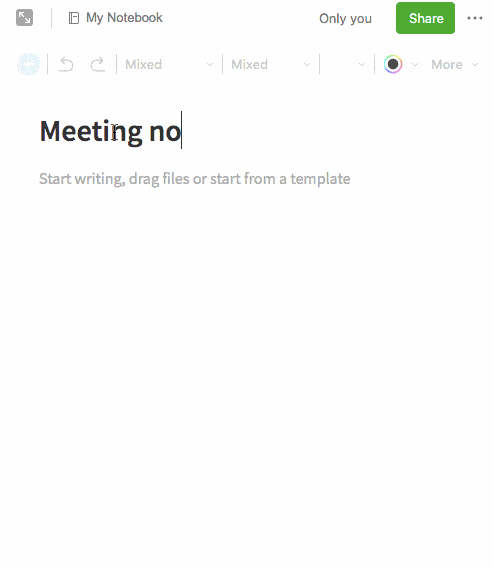
You can use Evernote online or download the app on any device so you can take notes offline. This is a great way to ensure all of your meeting notes stay together in one place, and you never lose anything.
Evernote syncs your notes to your devices, allows you to attach any important files, and makes it easy to share your notes with the rest of your meeting attendees:
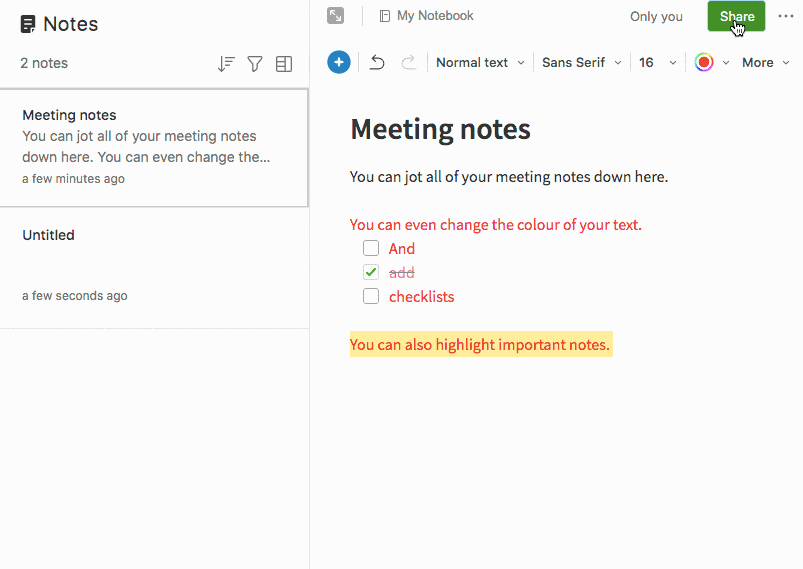
3. Notes app
Most smartphones have built-in or available notes apps that you can use to jot down and save important details with ease.
All you need to do is take your phone to the meeting, open the notes app, and start typing!
On Android, there’s Google Keep. A free app that allows you to capture notes, make lists, and even record soundbites so you can dictate your notes.
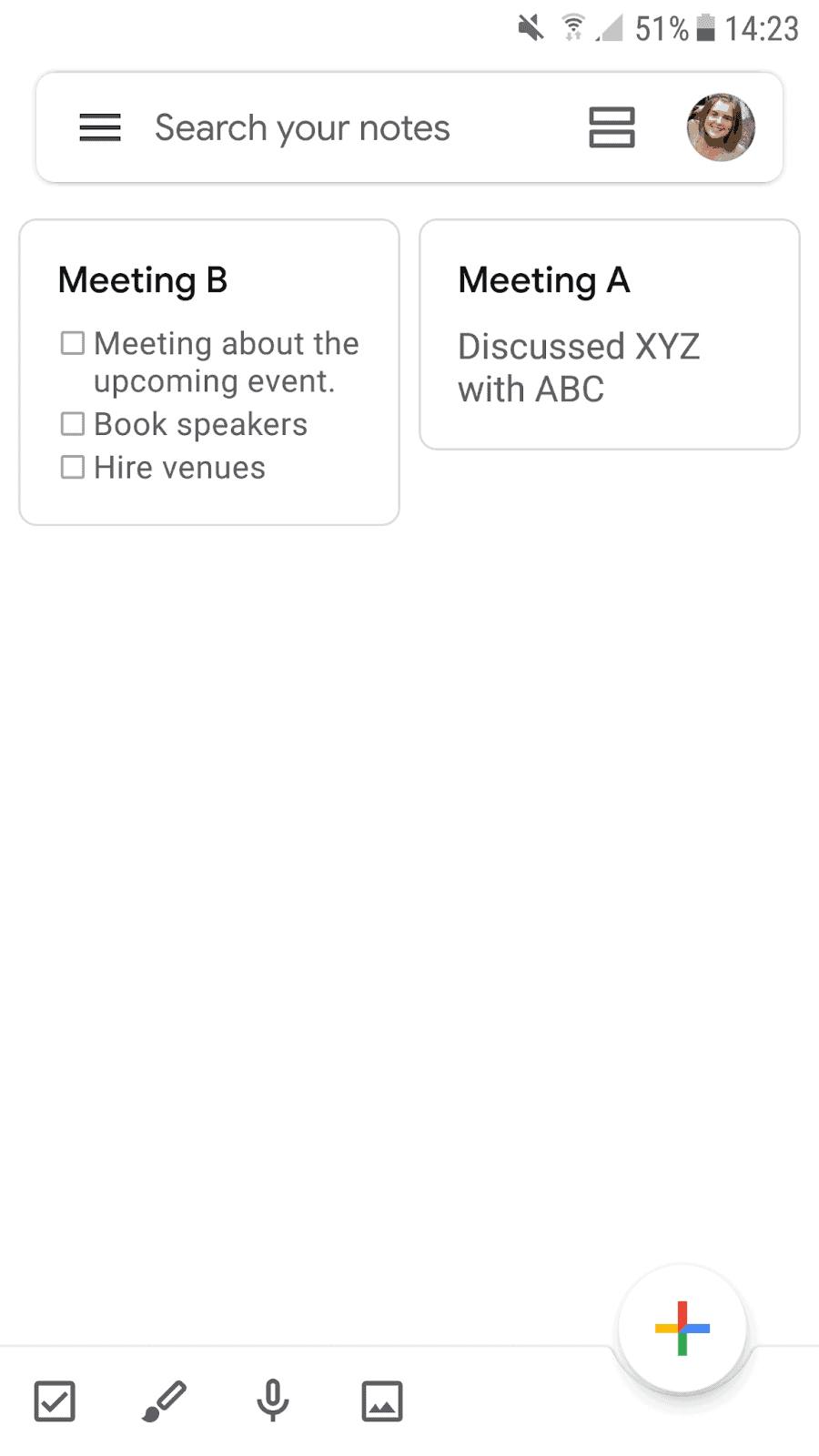
You can easily search through your notes, add labels, and set reminders for upcoming meetings or action items.
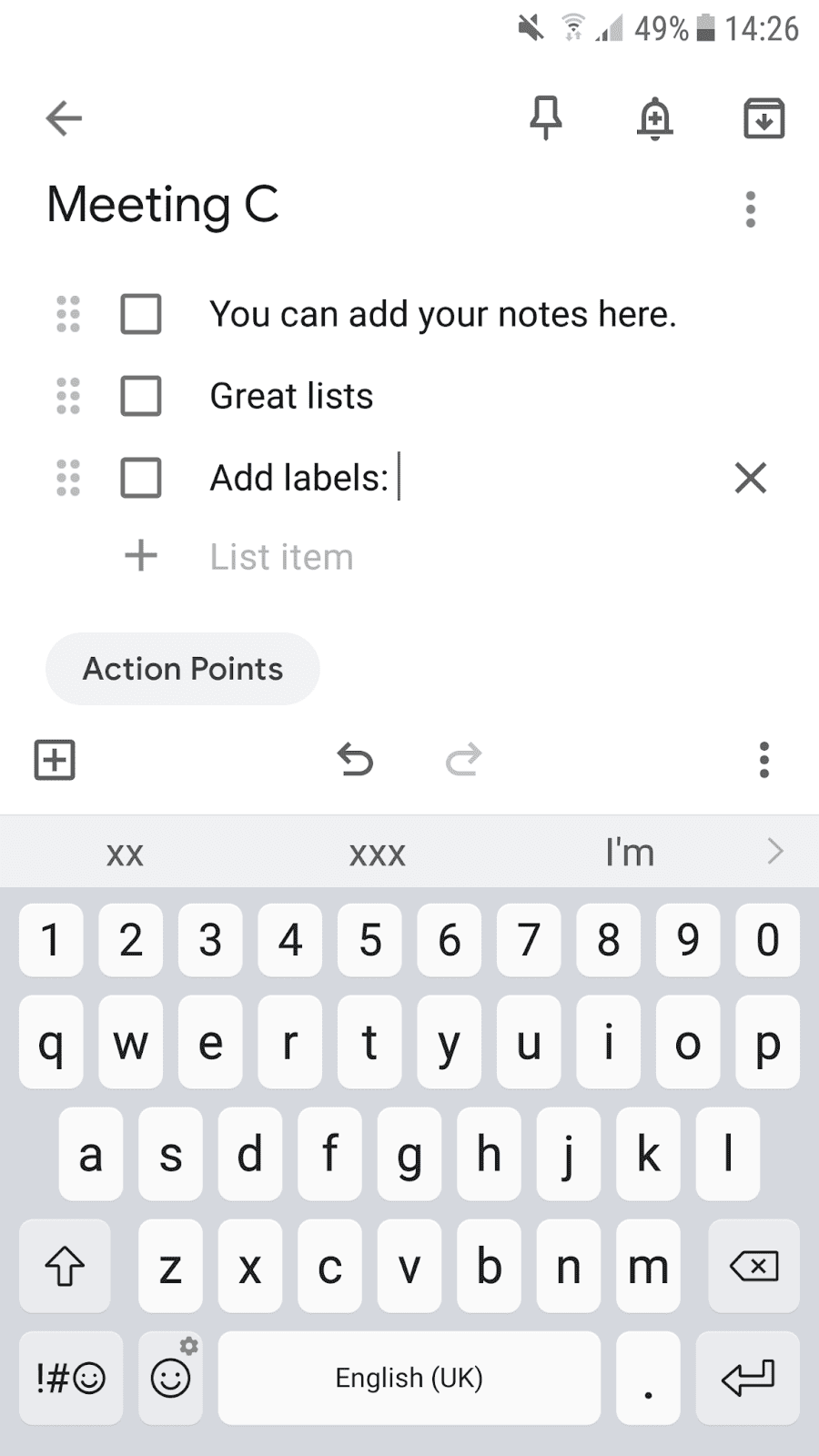
As it’s a Google product, it’s also really easy to share and add collaborators through Google Drive.
The Apple Notes app has similar features.
You can jot down your notes, create lists, add scanned documents, and pin your most important notes:
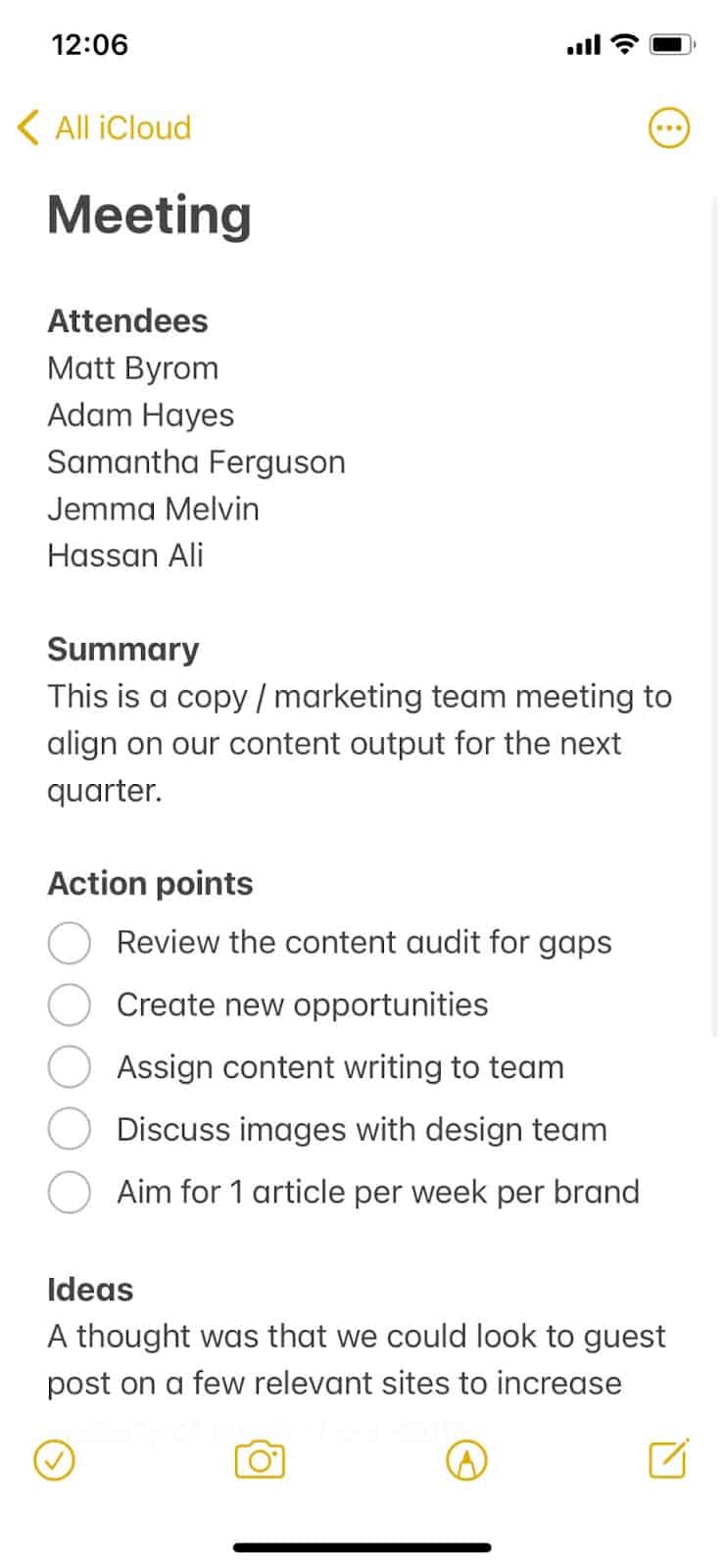
It’s also really easy to sync your notes across any device using iCloud.
4. Eisenhower
The Eisenhower matrix is a great way to split your notes up into four categories. Here’s a diagram:
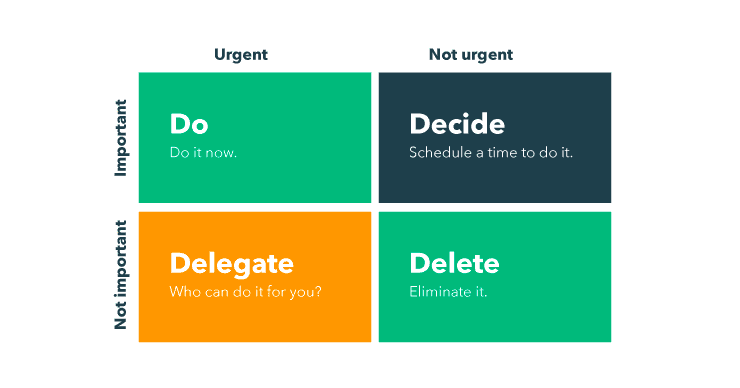
By taking your notes in this way, you’ll be able to quickly organise your meeting notes and it will be easy to see what’s most important when you review your notes later.
There’s an online Eisenhower app that makes this really simple:
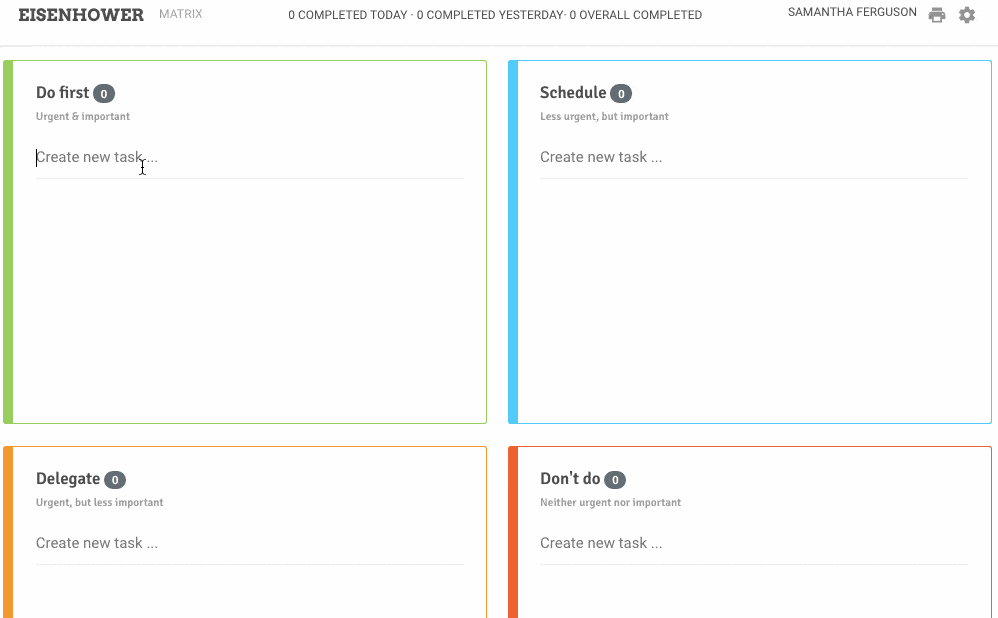
All you need to do is enter your notes into the appropriate box as your meeting progresses. You can also check off your notes as they are completed:
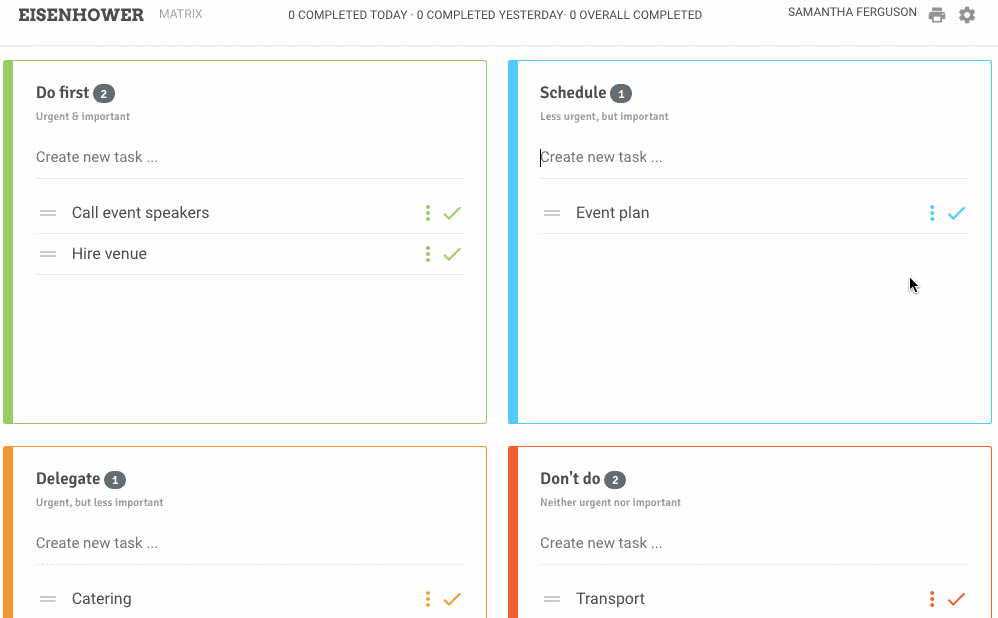
And drag and drop notes from one box to another:
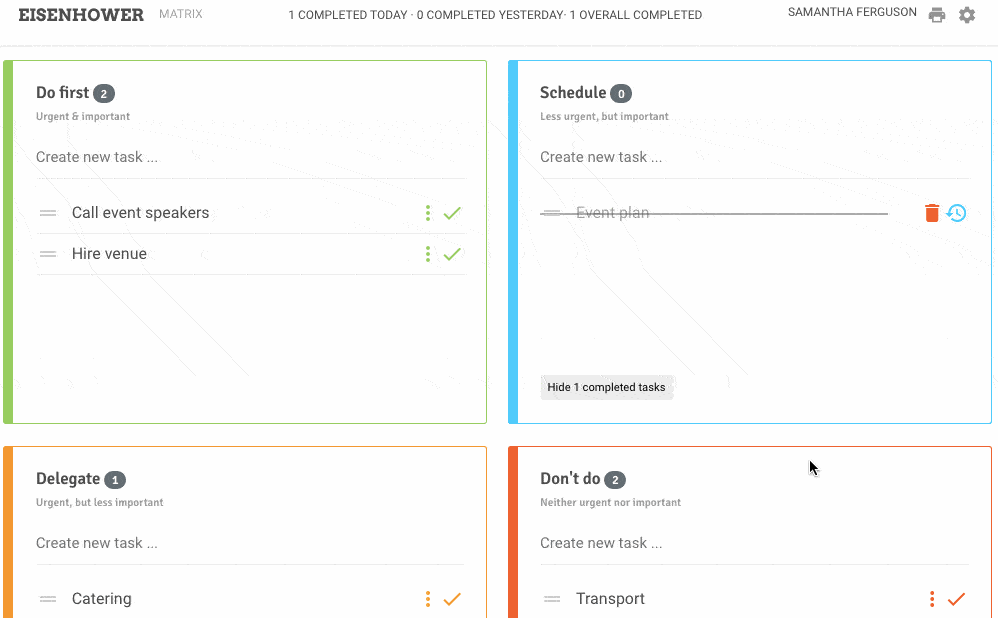
8 Tips for taking the best meeting notes
1. Format your notes before the meeting
You probably have a rough idea of the kind of notes you’re going to be taking in your meeting. For example, action points, follow ups, a list of attendees, and so on.
Formatting your notes before your meeting is a great way to give yourself a head start, and keep your notes neat and tidy.
If you’re using a note-taking app, like Evernote, create your headings before the meeting, like this:
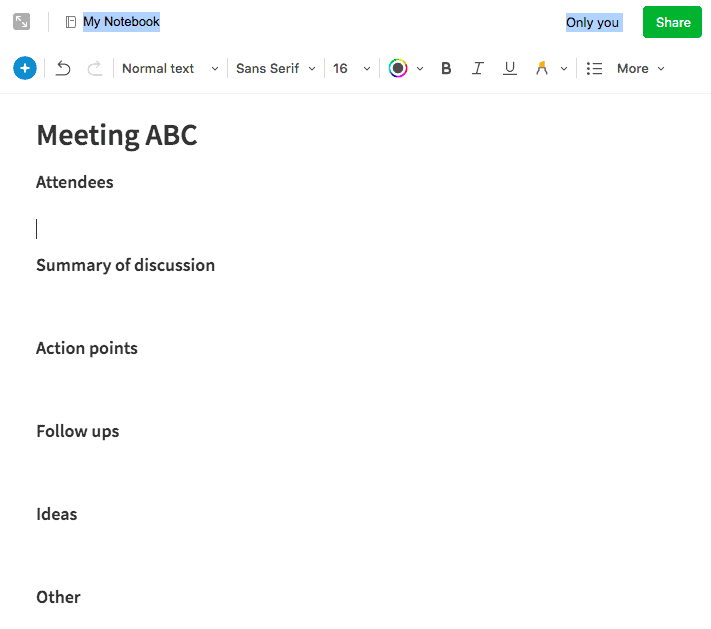
With this meeting notes format, all you need to do is jot down your notes under the appropriate heading, and everything will be much easier to review later.
2. Don’t try to write every word
This is a very simple and straight-forward tip, but still worth mentioning. If you try to write down every word then pretty soon you’re going to fall behind, get lost, or really hurt your wrist!
Instead, just jot down quick and memorable keywords that you’ll be able to refer back to later – this is much better than trying to write everything down when the meeting is in full swing.
3. Create a code
You can make your keywords even easier to understand by also using a code to help you split your notes into different categories.
For example, you could decide that underlined in red means ‘urgent’ and highlighted in yellow means ‘action point’.
Create a key for your code before your meeting begins so that you remember how to decipher it later:
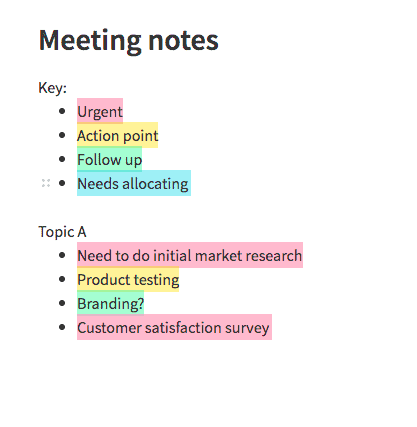
4. Record your meeting
If you’re in a video meeting (over Zoom or Google Meet, for example) then you can easily record the entire call.
This will allow you to remain 100% present in the conversation and worry less about taking notes. You can always review the recording later and take notes from that.
It’s really easy to record a meeting on most video conferencing apps. There’s usually a record button near the bottom of the screen, as seen here on Zoom:
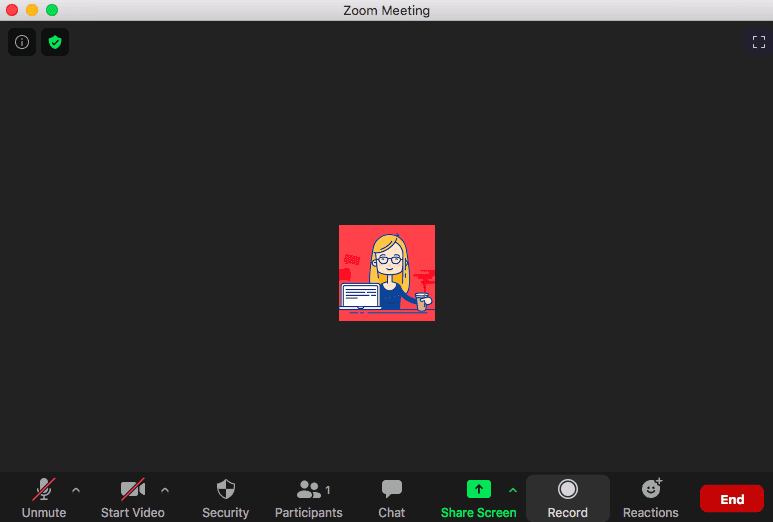
All you need to do is click the button, record your meeting, and then download the video file after the meeting ends so that you can review it and write up your notes.
5. Leave plenty of space
We’ve talked a lot about formatting your notes so that they make sense. But it’s always important to leave room for unexpected things to pop up.
If you don’t leave plenty of space then you could find your notes turning into a big mess that’s difficult to understand after the meeting.
6. Add action items to your project management tool
One of the best ways to ensure your meeting is productive is to create action items afterwards that ensure the work you discussed moves forward without a hitch.
Adding action items to a project management tool, like Project.co, is a great way of holding your team members accountable for their individual tasks. And it also gives everyone visibility over what needs to be completed.
The tasks feature on Project.co allows you to add tasks, assign team members, departments and dates in just a couple of clicks:
You can also add attachments and notes to the task to make it clearer for your team.
Tasks can be viewed visually in a number of different ways. This allows you to see how things are progressing and prevent any bottlenecks from occurring.
You can even drag and drop tasks to different team members or dates, if needed.
7. Use quadrants
Similar to the Eisenhower matrix, the quadrants method is the process of splitting your page into 4 sections. These sections are typically labelled:
– Notes
– Personal action items
– Other action items
This is a quick and easy way to get your notes in order. And it’s a simple note taking method to personalise. You can change the quadrant title to anything that applies to your meeting or business.
8. Tidy before sharing
Your notes will probably be easy for you to understand, but the rest of your team may not be able to follow your handwriting or the code you’ve created. Worst still, if you don’t look at your notes for a while then you may have trouble understanding too!
Good meeting notes = good meetings!
Meetings are necessary, but that doesn’t mean they need to be a ‘necessary evil’. With the correct tools, your meetings can be efficient, productive, and maybe even more enjoyable. Better meeting notes often translate into better meetings – why? Because when you write meeting notes, the key ideas, talking points and – crucially – follow-up tasks are documented for your whole team to refer back in the days that follow, not to mention at the start of your next meeting.
Check out our free meeting notes template, and start taking great meeting notes today!



